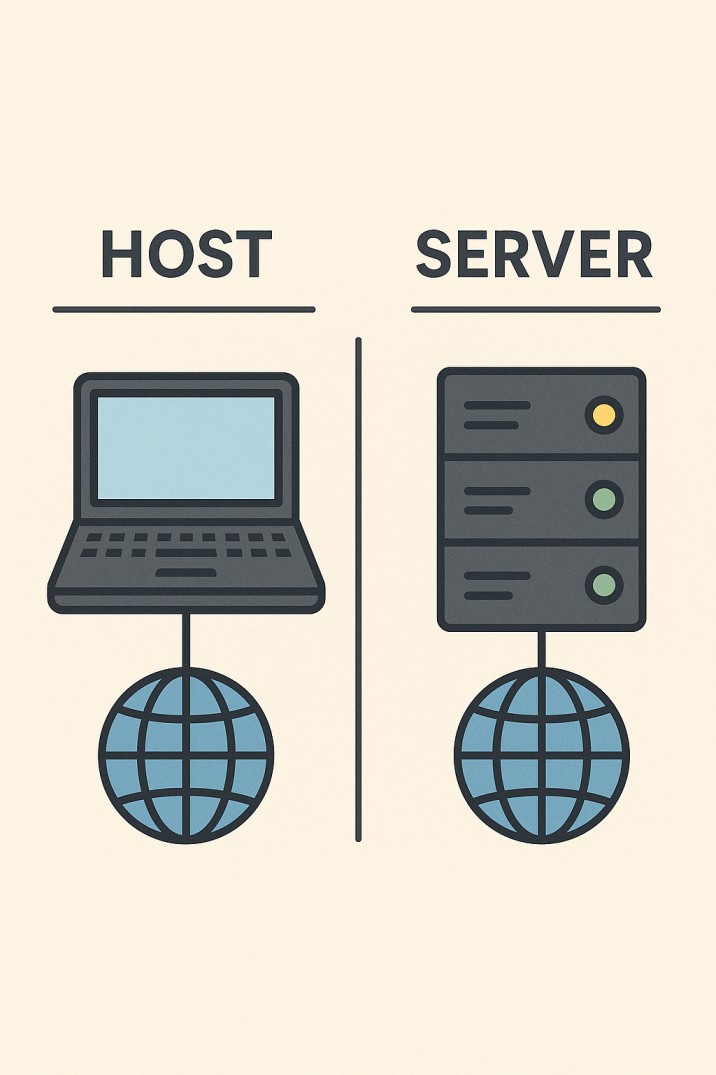As data centers continue to play a crucial role in the digital landscape, their design and infrastructure must be carefully considered to ensure efficient and reliable operations. One critical component that is essential to the functioning of data centers is cross-connects. These physical connections between devices or networks are responsible for facilitating communication and data transfer within the data center.
In this introduction, we will explore the importance of cross-connects in data center design and how they contribute to these critical facilities’ overall performance, reliability, and scalability. Additionally, we will discuss key considerations and best practices for implementing effective cross-connects in modern data center designs.
What is Cross–Connect?
A cross-connect is a direct physical or virtual connection between two separate hardware units within a data center. It allows for the establishment of a private network link, bypassing the need for internet-based connections. This improves the working and reliability.
Key Points:
Physical Connections: Cross-connects typically involve physical cables, such as fiber optic or copper cables, that are manually connected between patch panels or other termination points.
Virtual Connections: In some cases, cross-connects can be established virtually through software configurations, allowing for flexible and dynamic connections between network devices.
Benefits:
Improved Performance: Direct connections eliminate latency and network congestion associated with internet-based connections.
Enhanced Security: Private connections reduce the risk of unauthorized access and security breaches.
Cost Efficiency: Cross-connects can be more cost-effective than traditional network connections, especially for high-bandwidth requirements.
Flexibility: Cross-connects can be easily reconfigured to meet changing network needs.
Types of cross-connects
Based on Connection Type:
- Physical Cross-Connects: These involve direct physical connections using cables between devices, such as fiber optic cables or copper cables.
- Virtual Cross-Connects: These are software-defined connections established through network configurations, allowing for flexible and dynamic connections between devices.
Based on Distance and Complexity:
- Standard Cross-Connects: These are basic connections within a single data center or facility.
- Campus Cross-Connects: These connect devices across multiple buildings within a campus or campus-like environment.
- Diverse Campus Cross-Connects: These are redundant campus cross-connects, providing additional reliability and fault tolerance.
- Extended Cross-Connects: These connect devices between different data centers or facilities, often over longer distances.
Based on Media Type:
- Fiber Optic Cross-Connects: These use fiber optic cables for high-speed, long-distance connections. They can be further categorized into single-mode fiber (SMF) and multi-mode fiber (MMF) cross-connects.
- Copper Cross-Connects: These use copper cables, such as CAT5, CAT6, or other Ethernet cables, for shorter-distance connections.
- Coaxial Cross-Connects: These use coaxial cables for specific applications, such as video or high-frequency data transmission.
Other Types:
- Customer-Managed Pre-Cabling: This allows customers to pre-cable their equipment within a data center, providing more flexibility and control over their network configuration.
- Innerduct Cross-Connects: These involve using innerduct conduits to route cables within a data center, providing additional flexibility and scalability.
- Intra-Customer Cross-Connects: These connect devices within a single customer’s space within a data center.
The choice of cross-connect type depends on various factors, including the distance between devices, the required bandwidth, the desired level of redundancy, and the specific needs of the application.
The role of cross-connect in business
Cross-connects play a pivotal role in modern businesses, particularly those heavily reliant on data and network connectivity. They offer a multitude of benefits that can significantly impact business operations, performance, and security.
- Enhanced Performance and Efficiency:
- Low Latency: Cross-connects bypass public internet routes, reducing latency and improving response times for critical applications.
- High Bandwidth: They can handle large volumes of data transfer, essential for big data analytics, cloud computing, and other data-intensive tasks.
- Optimized Network Traffic: Direct connections between devices lead to optimized network traffic flow and reduced congestion.
- Improved Security:
- Private Network Connections: Cross-connects establish private, dedicated connections, minimizing exposure to potential cyber threats.
- Reduced Risk of Interception: By avoiding public internet transit, sensitive data is less susceptible to interception and unauthorized access.
- Cost Reduction:
- Reduced Network Costs: Direct connections can lower costs associated with internet transit fees and data transfer charges.
- Improved Network Efficiency: Optimized network performance can lead to reduced operational costs.
- Scalability and Flexibility:
- Easy Configuration: Cross-connects can be easily configured and reconfigured to meet evolving business needs.
- Scalable Solutions: They can accommodate increasing bandwidth requirements and support future growth.
- Reliability and Redundancy:
- Reliable Connections: Direct connections offer higher reliability and reduced downtime compared to public internet connections.
- Redundancy Options: Cross-connects can be implemented with redundancy to ensure business continuity in case of failures.
Industries Benefiting from Cross-Connects:
- Financial Services: High-frequency trading, real-time data analysis, and secure data transfer.
- Telecommunications: Network interconnection, carrier-neutral data centers, and cloud services.
- Content Delivery Networks (CDNs): Efficient content delivery and reduced latency for streaming services and online gaming.
- Healthcare: Secure data exchange, telemedicine, and remote patient monitoring.
- Government: Secure data transmission, disaster recovery, and critical infrastructure operations.
By understanding the role of cross-connects, businesses can leverage this technology to optimize their network infrastructure, improve performance, enhance security, and drive overall business success.
Conclusion
Cross-connects are essential elements in data center design, facilitating efficient communication and connectivity between different systems and networks. Their strategic implementation enhances overall performance and reliability within the data center infrastructure.
